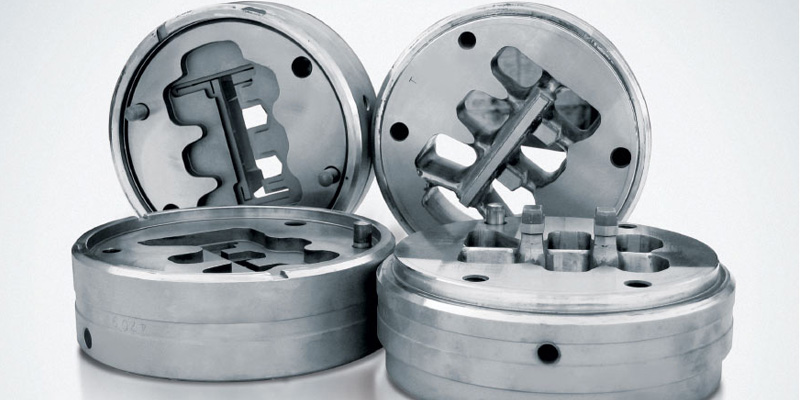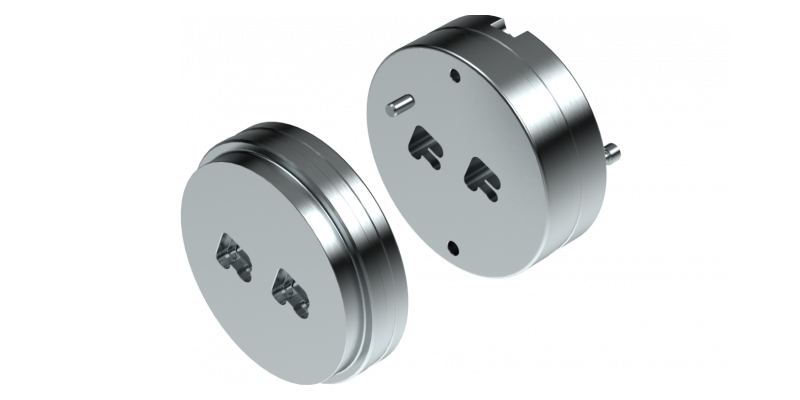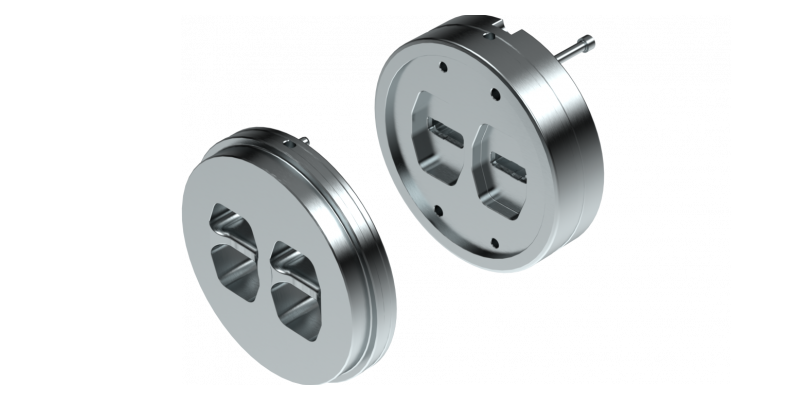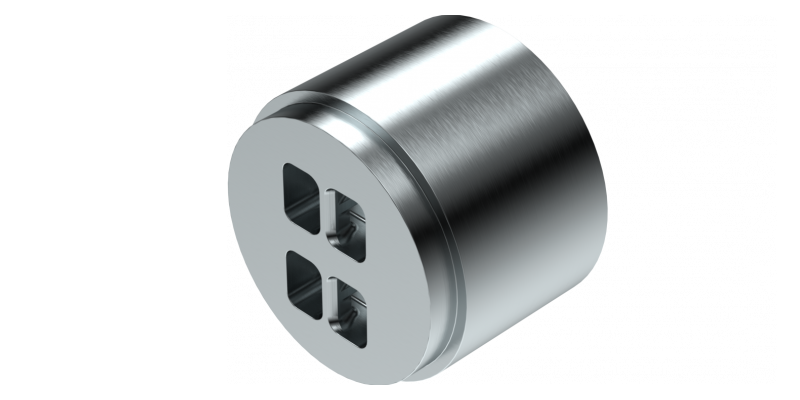
Whether you're a newcomer exploring the world of aluminum extrusions or a seasoned designer navigating intricate terrains, a deep understanding of extrusion die dynamics is paramount. This knowledge becomes a linchpin when sculpting diverse profile shapes and efficiently managing the nuances of die manufacturing costs. Despite the initial capital outlay, the myriad advantages—ranging from shorter lead times to significantly reduced production expenses—underscore aluminum extrusion dies as a versatile and cost-effective solution across diverse product applications.
What is aluminium extrusion made of?
Aluminium extrusion is all about shaping aluminium. It starts with heating an aluminium billet to a blazing 600 degrees Celsius and then pushing it through a steel die. Picture it as creating a hot, metallic version of Play-Doh, but on a much larger scale. The outcome is a precisely replicated cross section of the die pattern—a bit like pulling off an industrial magic trick with molten metal!
Demystifying Extrusion Dies
Extrusion dies, the unsung heroes of the aluminum shaping process, are robust circular steel disks endowed with openings that dictate the final profile's form. Forged from H-13 die steel and heat-treated for resilience, these dies stand as stalwart guardians against the formidable pressure and heat generated as hot aluminum flows through their carefully designed apertures.
While aluminum may present itself as pliable, the reality is that it demands an astonishing force, reaching pressures of 100,000-125,000 psi in an 8” inch press, to propel a solid billet through a multi-holed die. To offer a tangible comparison, the pressure exerted in an extrusion press is a staggering 20 times that produced by a high-pressure power washer.
The Three Faces of Die Profiles
Within the realm of aluminum extrusions, three primary die categories cater to distinct design requirements:
lSolid Dies:
Crafters of profiles without voids, such as sturdy rods, beams, or precise angles.
A comprehensive die stack—feeder plate, die plate, backer plate, and bolster—constitutes the anatomy of solid dies, presenting an economically efficient option.

lHollow Dies:
Architects of profiles with one or more voids, spanning from elegantly simple tubes to intricate designs.
The die set for hollow profiles is a symphony of components, including a mandrel, die cap, and bolster, contributing to elevated material and tooling costs.

lSemi-Hollow Dies:
Striking a delicate equilibrium, semi-hollow dies sculpt shapes that partially enclose a void.
The die set involves a mandrel with port holes, a die cap, and bolster, boasting a larger tongue ratio that introduces heightened complexity and cost.

Leveraging the Lightness: Why is aluminium used for extrusion?
Aluminum, renowned for its versatility, finds a distinctive role in the realm of extrusion owing to its unique properties. One of the primary reasons aluminum is favored for extrusion is its remarkable weight-to-strength ratio—approximately one-third the weight of iron, steel, copper, or brass. This characteristic imparts a multitude of benefits that significantly impact various aspects of the extrusion process.
1. Weight Advantage:
Aluminum's lightweight nature makes it an extrusion material of choice, particularly when compared to heavier metals like iron, steel, copper, or brass.
The reduced weight not only simplifies handling during the extrusion process but also extends its advantages to the subsequent stages of manufacturing.
2. Handling Ease:
The inherent lightweight nature of aluminum simplifies the handling and manipulation of extruded components. This ease of handling translates to enhanced efficiency in both production and assembly processes.
3. Cost-Effective Transportation:
Aluminum's reduced weight plays a pivotal role in transportation costs. Since it is approximately one-third lighter than traditional metals, the expense associated with shipping aluminum extrusions is considerably lower.
This cost-effective transportation aspect aligns seamlessly with modern supply chain and logistics strategies, making aluminum extrusions an economical choice.
4. Priority in Weight Reduction Applications:
In sectors where weight reduction is a priority—such as transportation industries and applications involving moving parts—aluminum extrusions emerge as an attractive material choice.
The lower weight of aluminum components contributes to improved fuel efficiency in transportation applications, aligning with contemporary sustainability goals.
5. Versatility in Design:
Aluminum's extrudability allows for intricate and complex designs, offering flexibility to designers and engineers. This versatility is crucial in applications where tailored shapes and profiles are required.
6. Corrosion Resistance:
Aluminum exhibits inherent corrosion resistance, providing longevity to extruded components. This resistance to rust and corrosion ensures durability, making aluminum extrusions suitable for a variety of environments and applications.
Navigating the Landscape of Die Longevity
Beyond the genesis of creation, the longevity of an extrusion die is intricately linked to several factors. Heat buildup and uneven pressure, often stemming from design intricacies like thin walls, unbalanced shapes, and protruding legs, emerge as significant adversaries. A masterful extruder navigates these challenges by adroitly designing the die to control heat, manage pressure, and regulate the extrusion rate. However, even with such finesse, die replacements become an inevitable part of the life cycle.
Acknowledging that design decisions wield immense influence on upfront tooling costs is pivotal. Collaborating with an experienced extruder unfolds avenues for substantial savings. Choices relating to profile design, tolerance settings, and alloy selection intricately weave into the fabric of cost optimization and process refinement.
In summation, a comprehensive grasp of aluminum extrusion dies empowers designers to make nuanced decisions. This knowledge not only enhances efficiency but serves as a strategic compass in navigating the multifaceted landscape of extrusion manufacturing.
Choose GD-HUB Extrusion Machining: Your Trusted Partner in Extrusion Manufacturing
GD-HUB Extrusion Works emerges as a beacon in the Extrusion manufacturing landscape, backed by over 15 years of industry experience and a team of Extrusion-certified experts. Explore the precision machine services offered by GD-HUB, emphasizing our personalized solutions tailored to meet the unique needs of every client.